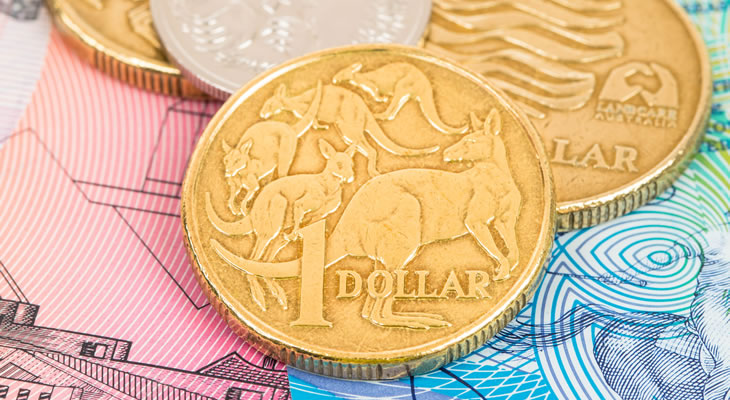A modest uptick in the UK services PMI encouraged the Pound to extend its bullish run further, keeping alive hopes that the economy could see a greater rebound in the third quarter.
Combined with the corresponding strong manufacturing PMI and disappointing construction PMI this painted a relatively resilient picture of the UK economy, giving investors some cause for confidence.
However, the tone of the report was not entirely optimistic, as IHS Markit Chief Business Economist Chris Williamson noted:
‘While the current picture remained one of an economy showing overall resilience in the face of concerns about the outlook, the subdued level of business optimism suggests it’s likely that growth will at least remain modest and could easily weaken in coming months.
‘Firms’ prospects for the coming year have slipped to a level which has previously been indicative of the economy stalling or even contracting, having taken a lurch downward since the general election, largely reflecting heightened uncertainty about the economic outlook and Brexit process.’
Nevertheless, as anticipation mounted ahead of the Bank of England’s (BoE) August policy meeting and the release of the latest quarterly Inflation Report the mood towards Sterling remained generally positive.
If the balance of the Monetary Policy Committee (MPC) continues to lean towards the doves the Pound Australian Dollar exchange rate could struggle to hold onto all of its recent gains.
Narrowed Trade Surplus Softens AUD Outlook
Confidence in the Australian Dollar, meanwhile, was dented by a sharper-than-expected narrowing of June’s trade surplus.
This added to worries that the Australian economy is not in as robust a state of health as previously thought, putting further pressure on the antipodean currency.
The increased sense of market risk aversion encouraged by mounting global tensions is likely to continue to limit the appeal of the ‘Aussie’ in the near term, particularly if the Trump White House remains in a relative state of chaos.
Renewed volatility is likely for the GBP AUD exchange rate with the release of the Reserve Bank of Australia’s (RBA) statement on monetary policy ahead of the weekend.
If policymakers continue to adopt a neutral to dovish outlook the Australian Dollar is likely to soften, with the odds of any imminent interest rate hike fading still further.
On the other hand, if markets read any sense of hawkishness from the statement the ‘Aussie’ could rally strongly across the board.
Speculation over the likelihood of the Federal Reserve raising interest rates again before the end of the year could also put pressure on risk-sensitive Australian Dollar, with a strong US non-farm payrolls report having the potential to send the GBP AUD exchange rate to a fresh high.


Comments are closed.